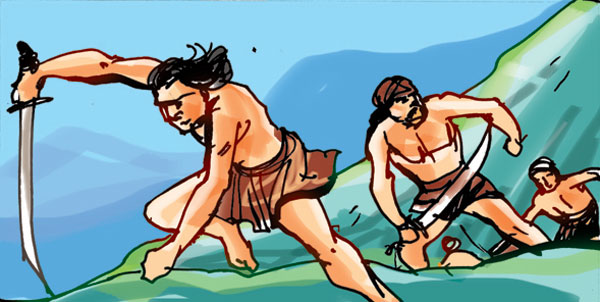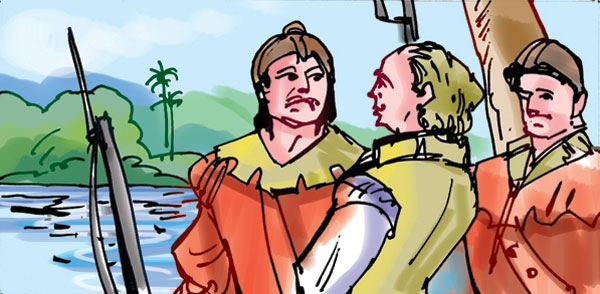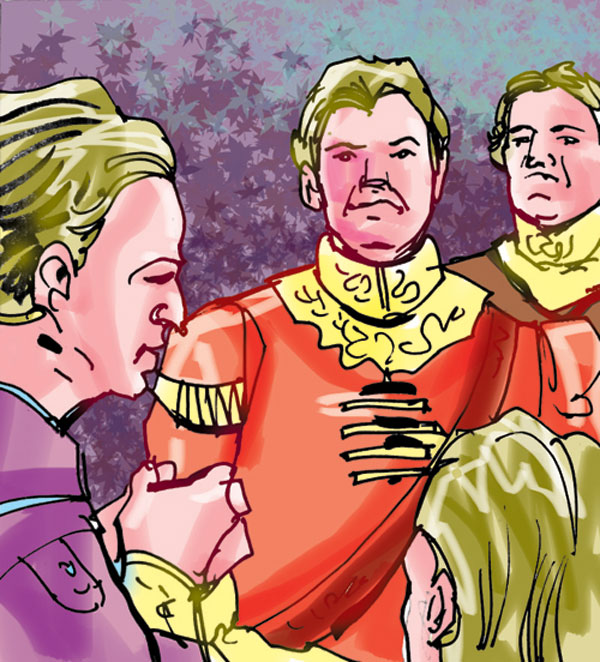The Portuguese make maximum use of the Dutch delay

The area from York Street up to Bay Front belonged to Fort. This area was surrounded by a strong wall and at the end of the wall was an outer wall. The old city stretched from the Front Street to the 4th Cross Street and from Maliban Street to the sea.

The Fort and the city proper were separated by a stretch of land, which had no vegetation whatsoever. At one stage, this strip of land, was converted to a pool – to be filled by water from the lake. The road from the Old City up to the Fort ran on top of a dam.

Up to date, these two areas are named Fort and Pettah. If you were to consider the meaning of these words, there is no sense at all. However, the Dutch concentrated their effort to chase away the king’s soldiers from the area they had captured and make them free.

Therefore the Dutch did not have the chance to capture the two forts – Mannar and Jaffna – which were under the Portuguese. This lapse on the part of the Dutch gave the Portuguese a chance to make maximum use of the situation.

They got organized for a face to face battle with the Dutch. Once Colombo was captured by the Dutch, the Portuguese Governor of Jaffna – Antonio de Amaral de Meneses was free so he went to Naga Pattana. There he met the prisoners who had been set free.
By Halaliye Karunathilake
Edited and translated by Kamala Silva
Illustrated by Saman Kalubowila


